You're headed to the beach and want to get that coveted sun-kissed glow. But, HOLD UP, babe! Before you roast yourself in the sun for a week, consider the ravaging effects those harsh rays have on your skin. Unprotected sun exposure prematurely ages your skin and causes freckling, spotting, and long-term damage. Here are three great tips to help you safely tan for vacation while protecting your skin from damage. Get the beach-babe look without roasting your skin!
The Harmful Effects of the Sun's Rays to Your Skin
The sun is a serious business, especially if you're planning on being outdoors for more than 30 minutes. Not only can you get burned, (I'm talking boiled-lobster burned), you can also dramatically age your skin. Those sun rays dry out your skin
The sun's ultraviolet rays penetrate your skin's natural barriers, breaking down its elasticity. Without strong, elastic fibers, you lose your skin's firmness, etching deep wrinkles that are a beast to smooth out. Think pug dog minus the cuteness.
Similarly, the sun causes uneven pigmentation and spotting. These liver/age spots (or "lentigines" for you science nerds) show up on every part of your exposed skin from your face to your feet.
How to Safely Tan for Vacation

1: Use a Sunless Self Tanner
Just because you can't layout in the sun doesn't mean you can't get a gorgeous, dark tan! Grab a great sunless self tanner that helps you achieve that same beach-babe look without the harmful side effects. We're incredibly smitten by our self tanner because it doesn't streak or blotch and it never stains clothes, pillowcases, or sheets.

Best of all, this self tanner actually works! It goes on white (no dyes!) and leaves you with a beachy, dark glow within a few short hours. To get best results with your self tanner, check out this how-to video.
2: Put on Plenty of Reef-Friendly, Mineral Sunscreen

When you do hit those waves, make sure you've put on plenty of mineral-based (hear "reef-friendly") sunscreen. Mineral-based sunscreen doesn't harm the ocean's ecosystem as its chemical-based counterparts do, and they're just as effective at keeping your skin protected.
(Side note, not only are chemical-based sunscreens bad for our oceans, but they're also pretty terrible for your body. While they do protect you from harmful sun damage, they paradoxically expose you to a host of toxic junk ingredients.) Make sure you cover every inch of exposed skin before going beach-side.

For skin prone to breakouts, try our facial sunscreen. Or better still, get a tinted facial sunscreen (in Beige, Toffee, or Cocoa) to get both coverage and protection.
3: Reapply Sunscreen Every 80 Minutes

This step is just as important as the first two but is often overlooked. It's so easy to get carried away when you're having a blast, but don't forget to reapply your sunscreen! Circle back every 80 minutes and carefully reapply your sunscreen to keep that beautiful skin protected all day long.
We hope this has inspired you to safely tan that beautiful skin!
Sand, Sunbeams, and SPF,








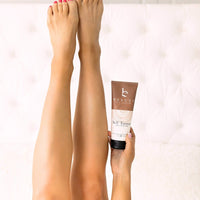








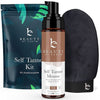

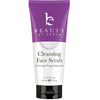


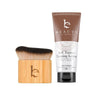













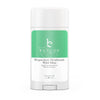




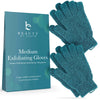
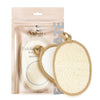
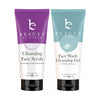










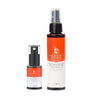




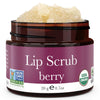
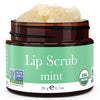
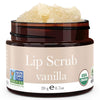





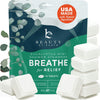
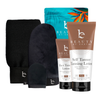
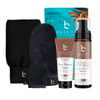











join the conversation